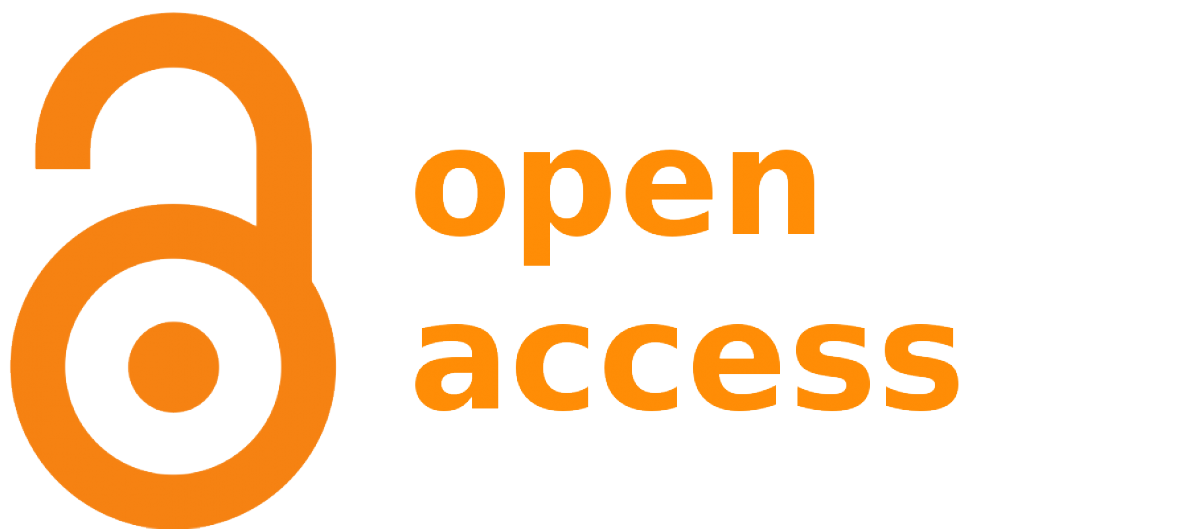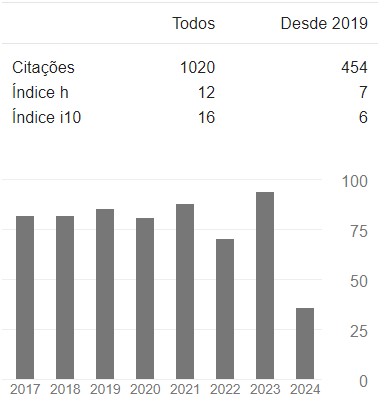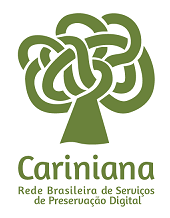What's to see in Lygia Fagundes Telles' tales
DOI:
https://doi.org/10.5433/1678-2054.2003v3p137Keywords:
Tale, Lygia Fagundes Telles, Mass cultureAbstract
This article presents an analysis of the occurrence of visual images in four short stories by Lygia Fagundes Telles. The proposal is to verify how this incorporation of images is carried out, constituting a possible answer to what several contemporary theorists interpret as visual bombardment in the cultural scenario that is structured from the 60s and 70s of the 20th century. Thus, the images are examined, in the stories, from their links with television, simulation, speed, obscenity and otherness.Downloads
References
CALVINO, Italo. 1990. Seis propostas para o próximo milênio. São Paulo: Companhia das Letras.
HOLLANDA, Heloísa Buarque de, org. 1994 Tendências e impasses: o feminismo como crítica da cultura. Rio de Janeiro: Rocco.
KELLNER, Douglas. 2001. A cultura da mídia. Bauru: Edusc.
KLEIN, Marco Aurélio, e Sergio Alfredo Audinino. 1996. O almanaque do futebol brasileiro. São Paulo: Escala.
SARLO, Beatriz. 1997. Cenas da vida pós-moderna: intelectuais, arte e vídeo-cultura na Argentina. Rio de Janeiro: Editora UFRJ.
TELLES, Lygia Fagundes. 1995. A noite escura e mais eu. Rio de Janeiro: Nova Fronteira.
TELLES, Lygia Fagundes. 1984. Seminário dos ratos. 5. ed. Rio de Janeiro: Nova Fronteira.
Downloads
Published
How to Cite
Issue
Section
License
Authors who publish in this journal agree to the following terms:
a) The authors retain the copyright and grant the journal the right of first publication, the work being simultaneously licensed under the Creative Commons Attribution-NonCommercial 4.0 International License, allowing the sharing of the work with acknowledgment of the authorship of the work and initial publication in this journal.
b) Authors are authorized to assume additional contracts separately, for non-exclusive distribution of the version of the work published in this journal (eg, publish in an institutional repository or as a book chapter), with acknowledgment of authorship and initial publication in this journal.
c) Authors are allowed and encouraged to publish and distribute their work online (e.g. in institutional repositories or on their personal page) after the editorial process, as this can generate productive changes as well as increase impact and citation of the published work (See The Effect of Open Access).
d) The authors of the approved works authorize the journal to, after publication, transfer their content for reproduction in content indexers, virtual libraries and the like.
e) The authors assume that the texts submitted for publication are of their original creation, taking full responsibility for their content in case of any objection by third parties.


















